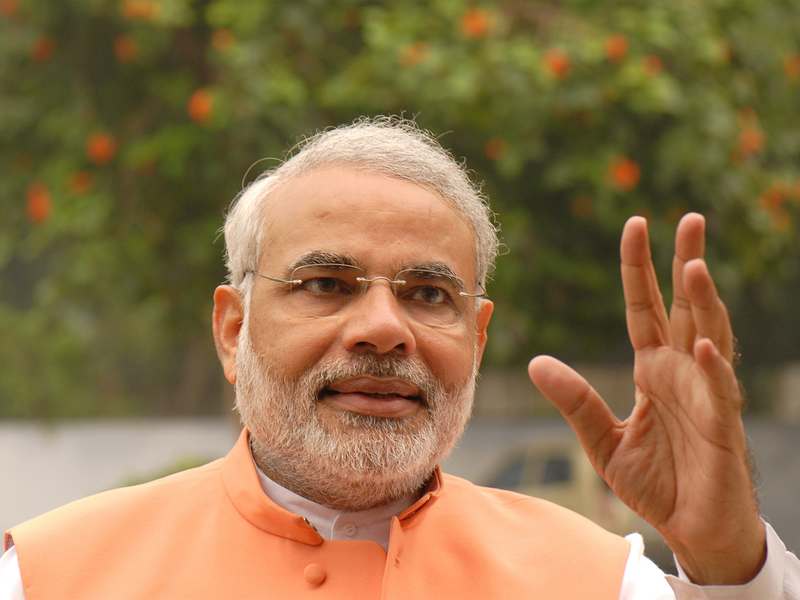
Indian Railways, India’s largest public sector employer, recently received more than 28 million applications for 90,000 jobs posts, it had advertised for. As of March 31, 2017, the Indian Railways employed around 1.31 million individuals.
The ratio of the number of applicants to the number of jobs stood at a whopping 311:1.
The number of applicants was more than the population of Australia, which was a little over 24 million in 2016. It was around 6 times the population of New Zealand, which in 2016, was around 4.6 million.
Using data provided by the Central Statistics Office of the government of India, we can estimate that the number of Indians between the ages of 15 and 29, who are most likely to apply for these jobs on offer, are at 360 million (189 million males and 171 million females).
This basically means that close to 7.8% of the population in the age group that can be categorised as India’s youth has applied for the 90,000 jobs on offer at the Indian Railways. What this calculation does not take into account is the fact that everybody in the age group 15-29 is not looking for a job.
Many individuals in this age group are studying. In case of females, many are married at a young age and take care of the family. In some other cases, females have been pulled out of school or college, and are waiting at home to get married.
We need to adjust for this i.e. take the labour force participation rate of this age group of the population into account, and then recalculate the numbers.
The labour force participation rate for males in the age group 15-29 is 63.1% (as per NSSO June 2012). These are the proportion of people who are actually looking for jobs. For women it is 18.3%.
There are two explanations for the low female labour participation rate. One lies in the fact that many individuals in this age group are still studying. Further, the overall labour force participation rate for females is also very low at 18.1%, and this reflects in this age-group as well.
Taking the labour force participation rates into account, the total number of people actively looking for jobs in the 15-29 age group works out to 150 million (119 million males and 31 million females).
This means close to 18.7% (28 million expressed as a percentage of 150 million) of the population in the 15-29 age group, has applied for the 90,000 jobs on offer at Indian Railways. Or to put it a little simplistically, one in five individuals in the 15-29 age-group has applied for the jobs on offer in the Indian Railways.
This tells us the sad state of affairs for the one million youth who are joining the Indian workforce every month. Another factor at work here is that the government pays much better at lower levels than the private sector in India does, which obviously gets many people to apply.
The above figures clearly show the lack of formal jobs in India. This is a problem that the Indian government is not willing to acknowledge. Recently, Jayant Sinha, a junior minister in the Modi government, called India’s jobs crisis more of a data crisis, in a column he wrote for The Times of India, India’s largest selling English newspaper.
In his column he stated that 6.5 million new jobs were created in the retail sector between 2014 and 2017. While he didn’t state the source of this data, some digging around suggests that he borrowed this number from Human Resources and Skill Requirement in the Retail Sector, authored by KPMG, for the NITI Aayog, a government run think tank.
The 6.5 million jobs that Sinha talked about was basically a forecast, which Sinha passed off as the actual number of jobs created.
As far as the lack of data is concerned, the Labour Bureau carried out six household based Annual Employment-Unemployment Surveys (EUS) between 2010 and 2016. Of this, reports of five rounds have been released till date. (Makes us wonder why has the report on the sixth round been held back up until now).
The report of the fifth round was released in September 2016. One the major findings of the report was that only 60% of the Indians who were looking for a job all through the year, found one. This figure showed the bad state of jobs in India, very clearly. This finding was consistent with a similar finding reported in the report on the fourth round of the survey as well.
Recently, in an answer to a question raised in the Parliament, the government said, “On the recommendations of Task Force on Employment, however, this survey has been discontinued”. Basically, a survey which brought bad news has been discontinued and then the government goes around talking about lack of data.
There is enough data that suggests that India is facing a huge jobs problem. The so called demographic dividend is collapsing. The Modi government refuses to even acknowledge this problem. The first step towards solving any problem is to acknowledge it. If you don’t acknowledge a problem, how do you solve it?
The column was originally published on April 13, 2018, on AsiaTimes.
